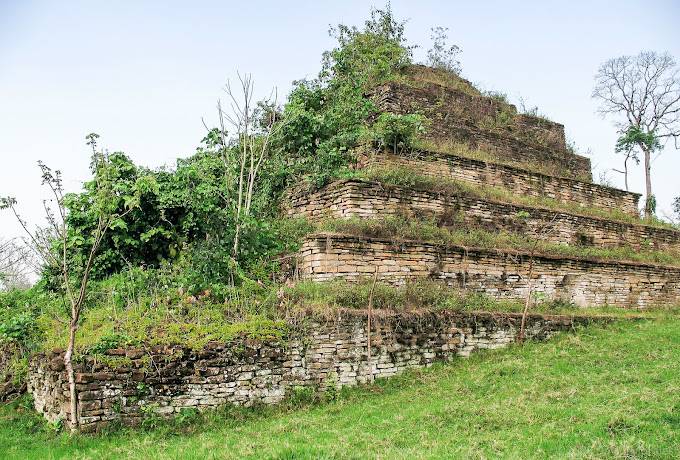The Zona Arqueológica de Paxil, located in the vicinity of Misantla, Veracruz, Mexico, stands as a significant testament to the Totonac civilization that flourished between 450 and 1500 A.D. during the Postclassic period. Despite its historical significance, the original Totonac name of this site has been largely forgotten, and it is now commonly referred to as Morelos in the Misantla region. Interestingly, the site is mentioned in the ancient Mayan text, the Popol Vuh, as a mythical place from which all types of corn originate, highlighting its cultural importance in Mesoamerican mythology.
Totonac culture
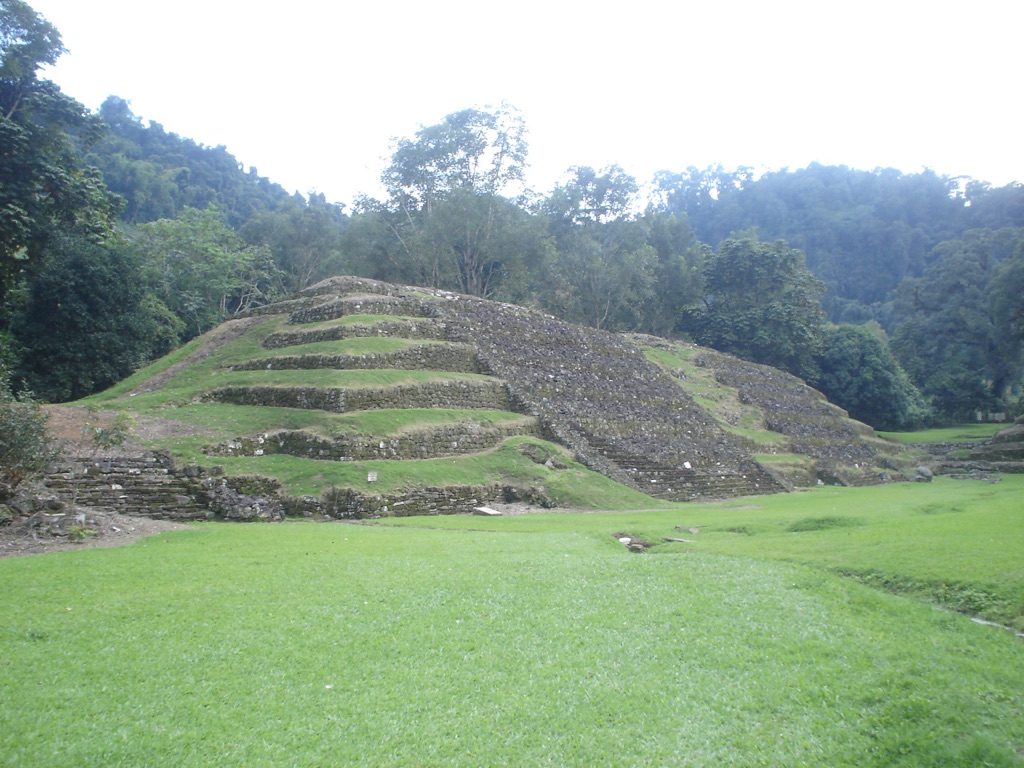
The Totonac culture, originating from the regions now recognized as the states of Veracruz and Puebla in Mexico, has been a significant contributor to Mesoamerican civilization since as early as 500 AD. This culture is renowned for its rich traditions and remarkable achievements in engineering and architecture, as evidenced by the impressive cities they built. Among these, the archaeological site El Tajín stands out, featuring an array of pyramids, palaces, and ballcourts. The site’s Pyramid of the Niches is a striking example of the Totonac’s architectural prowess. In addition to their architectural achievements, the Totonac people were skilled in ceramics and sculpture, producing artifacts that continue to amaze today. They were also the original cultivators of vanilla and engaged in complex religious ceremonies, some of which still inspire cultural festivities in contemporary times.
One of the most enchanting aspects of Totonac culture is the “voladores” ritual, or “flying men.” This ceremony involves performers climbing a tall pole, tying themselves with ropes, and then descending gracefully while rotating around the pole, symbolizing the creation of the world and reverence for the natural elements. Originating from the Totonac people, this ritual has been recognized by UNESCO’s Intangible Cultural Heritage list. Despite the challenges of being conquered first by the Aztecs and later by the Spanish, the Totonac culture continues to thrive, significantly influencing the region’s cultural essence. The emphasis on community and the preservation of their language and traditions have allowed the Totonac culture to remain a vibrant part of Mexico’s diverse heritage. Today, the legacy of the Totonac people, from their ancient cities to their living customs, captivates both Mexicans and international visitors, enriching the cultural landscape of modern Mexico.
The Totonacs are originally from the coastal and mountainous areas of eastern Mexico, particularly in what are now the states of Veracruz and Puebla. This region, rich in natural resources and with a favorable climate, provided an ideal environment for the development of their civilization. Historical sites and places such as El Tajín serve as a testament to their presence and ingenuity in these areas. The Totonacs made significant contributions to the Mesoamerican cultural mosaic, with their influence extending beyond their architectural and agricultural achievements to include a rich spiritual and religious life.
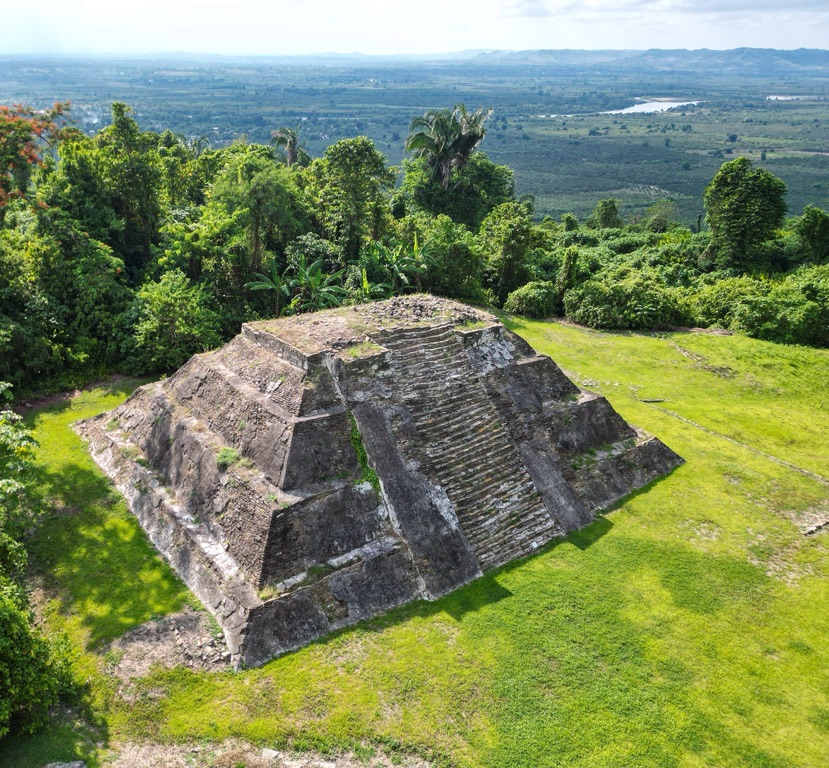
The religion of the Totonac people was polytheistic, with a pantheon of gods governing various aspects of the natural world and human life. These deities were honored through elaborate ceremonies and rituals, including the aforementioned “voladores” performance. Religious practices were deeply intertwined with their understanding of agriculture, astronomy, and the natural cycles, reflecting a profound reverence for the environment. Temples and ceremonial centers, many of which are key historical places today, played a central role in Totonac religious life, serving as sites for worship, sacrifice, and community gatherings.
Today, the Totonac people continue to inhabit their ancestral lands, maintaining a strong connection to their heritage while adapting to modernity. They are a living link to the past, preserving their language, traditions, and the essence of their culture through generations. The Totonacs today are active in promoting their history and cultural practices, ensuring that their legacy endures. They participate in cultural festivals, both locally and internationally, showcasing their traditions, such as the “voladores” ritual, to a global audience.
The word “Totonac” itself is believed to derive from the Totonacan language, though its exact meaning is subject to various interpretations. Some sources suggest it means “people of the hot land,” reflecting their tropical homeland, while others propose it signifies “people of the sun,” highlighting their deep connection to their environment and perhaps their cosmological beliefs. Regardless of the etymology, the name “Totonac” has come to symbolize a culture rich in history, tradition, and resilience, marking an indelible presence in the tapestry of Mesoamerican civilizations.
Combining the ancient with the contemporary, the Totonac people embody the living history of Mexico, from their historical sites and places like El Tajín to the enduring practice of their age-old rituals and the preservation of their unique way of life. Their contributions to architecture, agriculture, and art continue to influence not only their region but also offer insights into the broader narrative of human civilization in the Americas.
Explore the Totonac culture and their Historical Mesoamerican Architecture and Artifacts
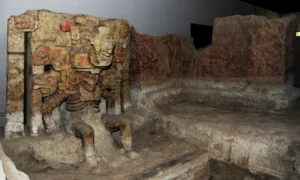
El Zapotal
El Zapotal stands as a significant archaeological site that offers a window into the ancient Totonac culture, situated in the Mixtequilla region, bordered by the Blanco and Papaloapan rivers in Veracruz, Mexico. The discovery of El Zapotal has been pivotal in enhancing our understanding of the ancient cultures of Veracruz and Mexico at large.
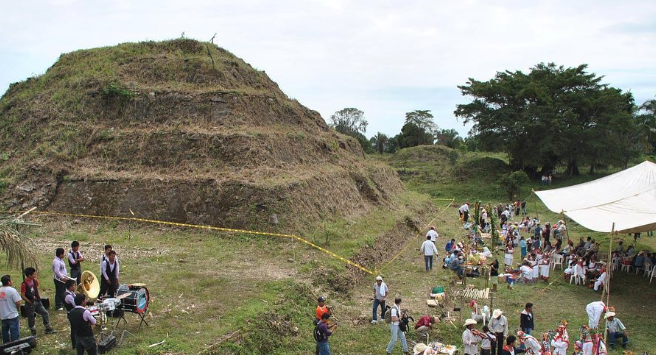
Mesa de Cacahuatenco
Mesa de Cacahuatenco is a significant Mesoamerican pre-Columbian archaeological site situated in the municipality of Ixhuatlán de Madero, in the northern region of Veracruz, Mexico. This site, positioned south of the Vinasca River, is approximately 44 kilometers west of Castillo de Teayo and about 80 kilometers southeast of the El Tajín archaeological site. Mesa de Cacahuatenco, with its extensive area and numerous structures, is recognized as a crucial ceremonial center within the Huasteca region.

El Cuajilote
Nestled within the verdant landscapes of Veracruz, Mexico, lies an archaeological treasure that offers a unique window into the ancient world of the Totonac culture. El Cuajilote, also known as Filobobos, is a site that whispers the tales of a civilization that once flourished in the heart of Mesoamerica. This article delves into the history, significance, and mysteries of El Cuajilote, shedding light on its importance in understanding the rich tapestry of pre-Columbian societies.
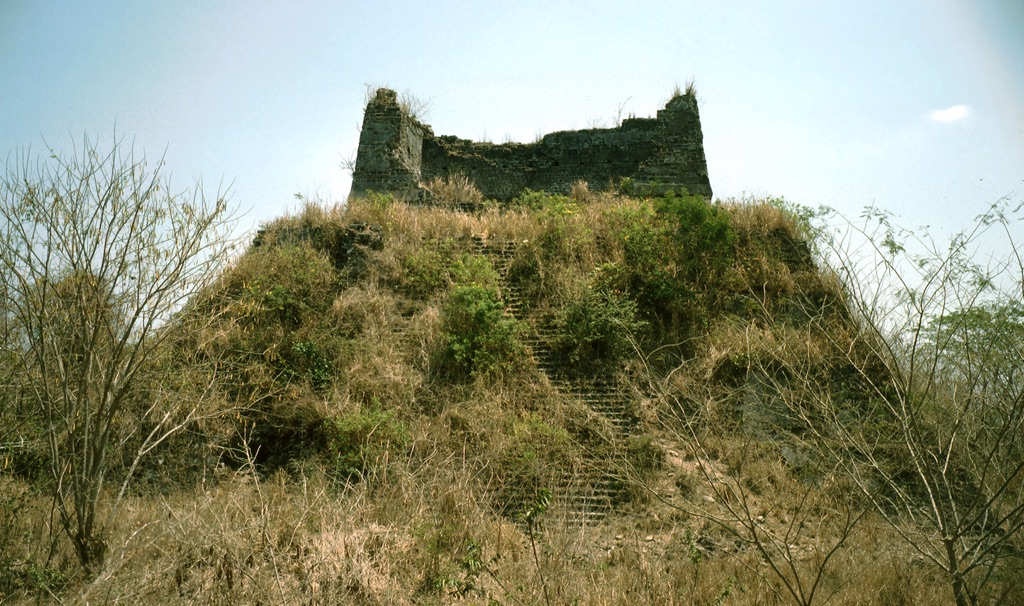
Huatusco Pyramid
The Huatusco Pyramid, nestled in the heart of Mexico, is a testament to the region’s rich pre-Columbian history. This ancient structure, though not as widely known as some of its counterparts, offers valuable insights into the civilizations that once flourished in Central America. The pyramid itself is a marvel of architectural ingenuity, reflecting the advanced understanding of construction and cosmology possessed by its builders.
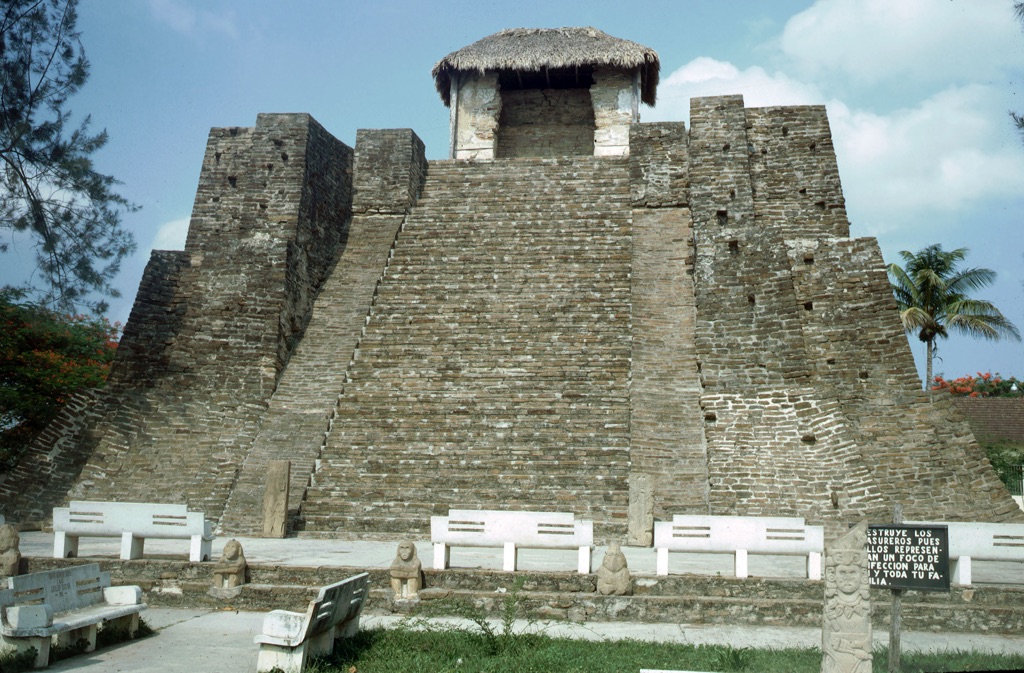
Castillo de Teayo
The Castillo de Teayo is a pre-Columbian Mesoamerican archaeological site located in the northern part of the state of Veracruz, Mexico. It is known for its pyramid which stands as a testament to the region’s complex history, involving multiple civilizations including the Huastecs and the Aztecs. The site offers valuable insights into the cultural and religious practices of these ancient societies.

